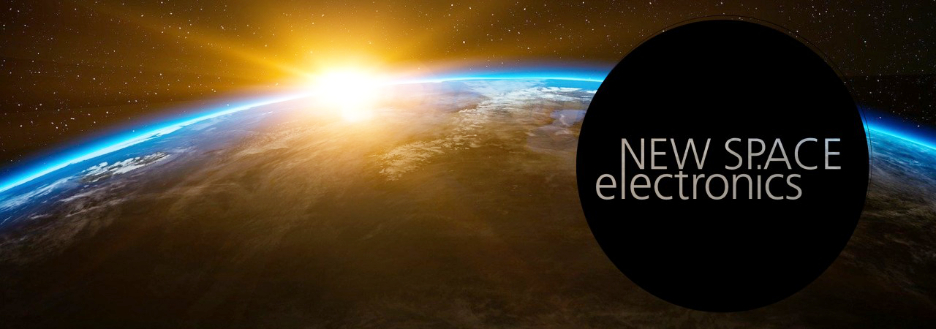
RUAG Space is now offering new electronics that are suited to the needs of satellite constellations.
For constellations of hundreds or thousands of smallsats, products in high volumes, lower cost, on-time and on-quality delivery are needed. RUAG Space has developed novel products and processes specifically meeting the needs of satellite constellations. The international space supplier with sites in six different countries and headquartered in Switzerland is offering new electronic and mechanical products for constellations.
Peter Guggenbach, EVP, RUAG Space, stated that the company can offer a unique mix of the firm’s vast experience in hundreds of space missions, combined with the company’s high volume production that fosters lean operations and automated processes, to customers. For constellations, RUAG offers the world leading navigation product, fully embedded on the onboard-computer. RUAG’s constellation Global Navigation Satellite System (GNSS) receiver is offering a high quality and cost-effective solution for applications deployed in larger quantities. The receiver can precisely determine a satellite’s position in orbit and works with both GPS and Galileo signals. In total, more than 20 navigation receivers from RUAG Space are currently in orbit and functioning flawlessly since 2006.
RUAG’s new onboard-computer for constellations (cOBC) is the “brain” of a satellite. The onboard computer controls and monitors the payload of the satellite and many other subsystems. For constellation onboard computing RUAG offers a combination of its cOBC and its constellation Interface Unit products (cIU).
Direct technical interface for U.S. customers For its entire electronics portfolio – from onboard-computers, navigation receivers to antennas and more – RUAG Space offers a direct technical interface in its office in Denver, Colorado – offering a customer service close to U.S. clients.
Mechanisms for constellations RUAG Space also offers new mechanisms to its satellite constellations customers, for example mechanisms that point the small satellite’s engines. The electric propulsion is necessary to bring the satellite exactly into its position and to maintain this position over the lifetime of several years. In January RUAG’s electric propulsion pointing mechanisms have been successfully used for the Eutelsat KONNECT satellite.
Guggenbach added that the company’s pointing mechanisms are carefully designed to minimize mass, manage orbital temperature extremes and deliver exact pointing accuracy over many years of service lifetime.
Established products for constellations are RUAG’s dispensers, structures, thermal insulation and satellite handling equipment. A low cost solar array drive mechanism from RUAG Space is also currently in qualification, with completion expected by the end of 2020.
Additional information is available at this direct infolink…

